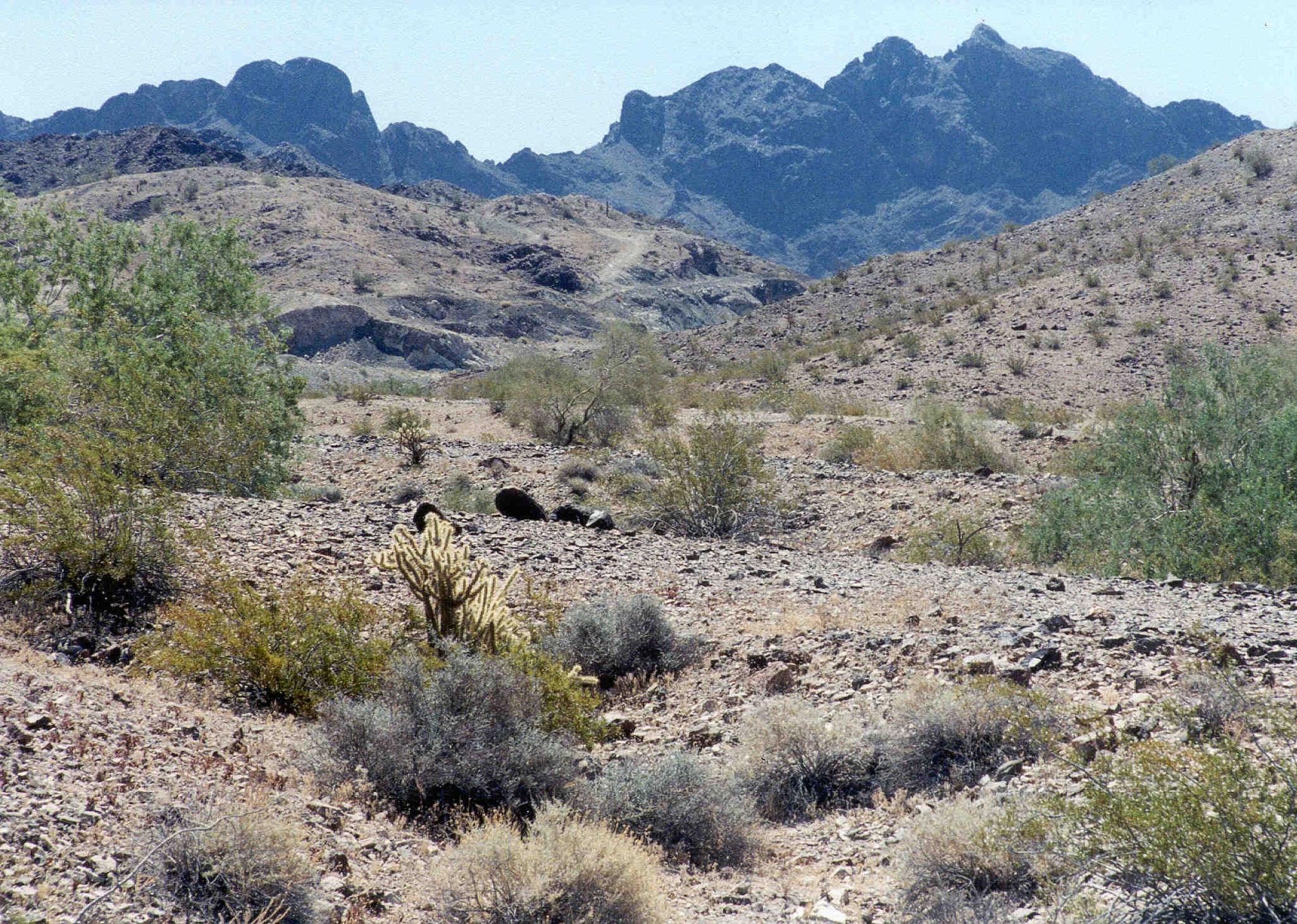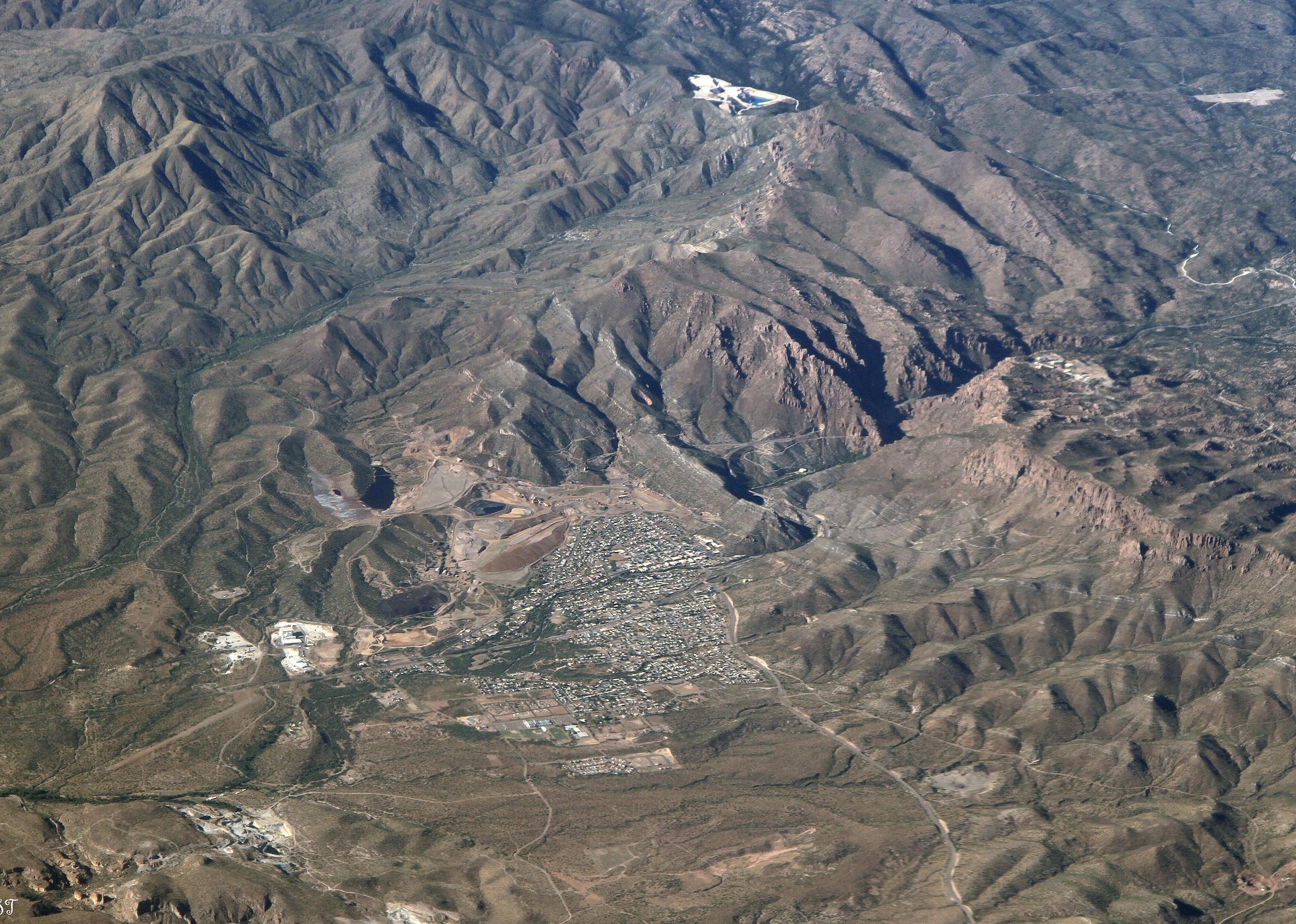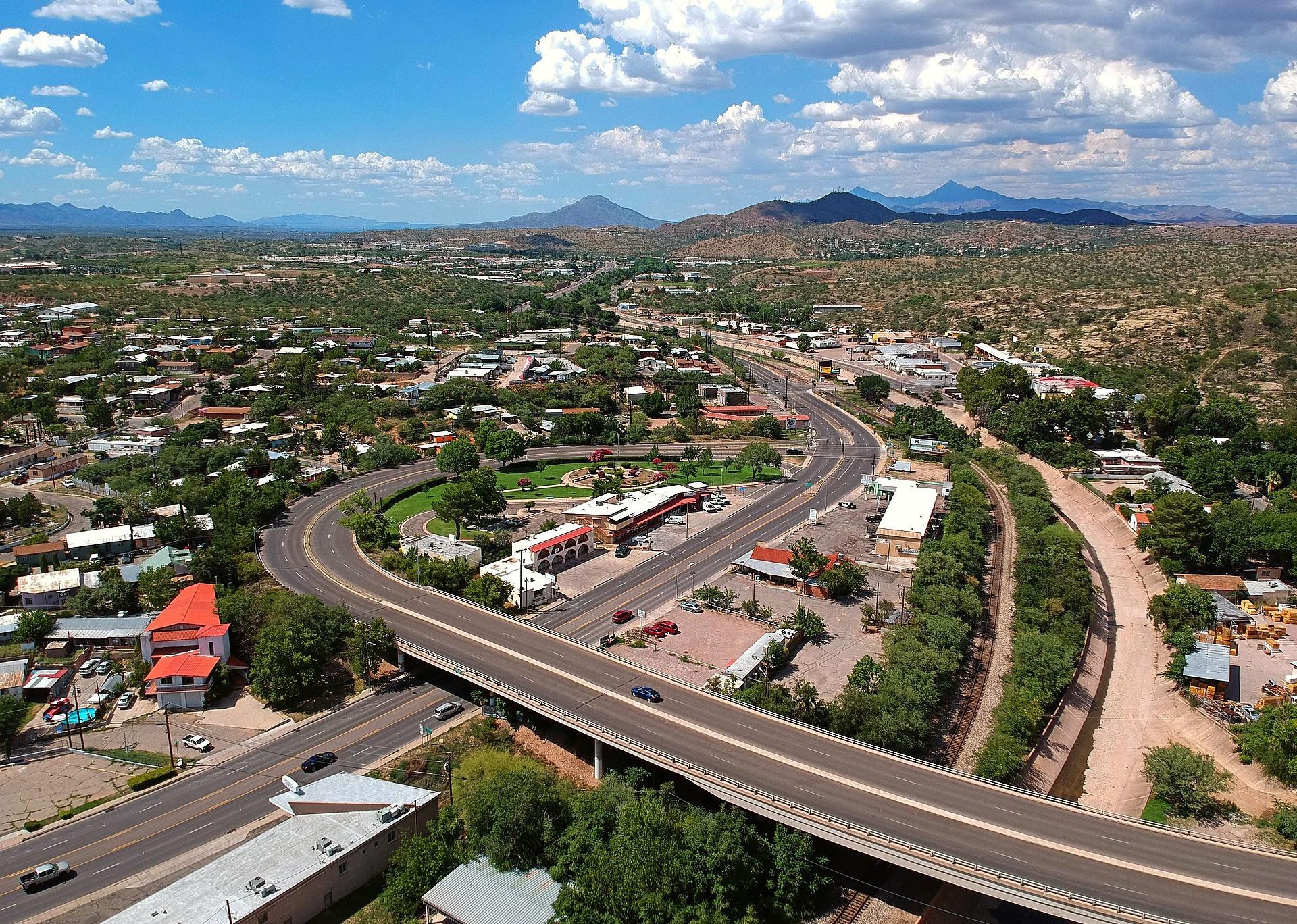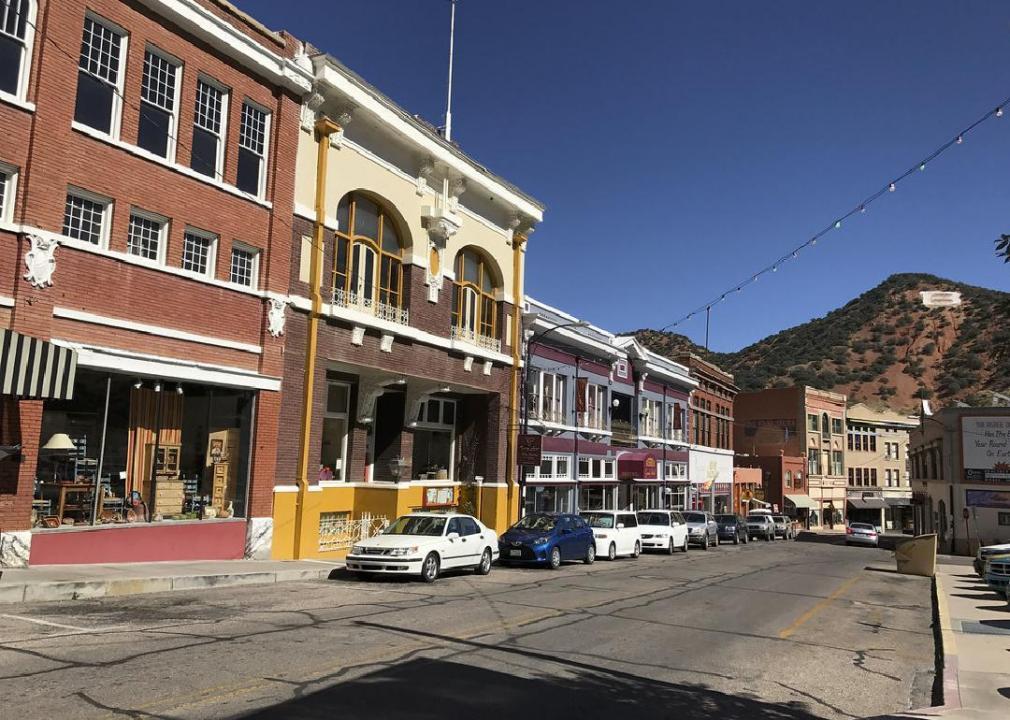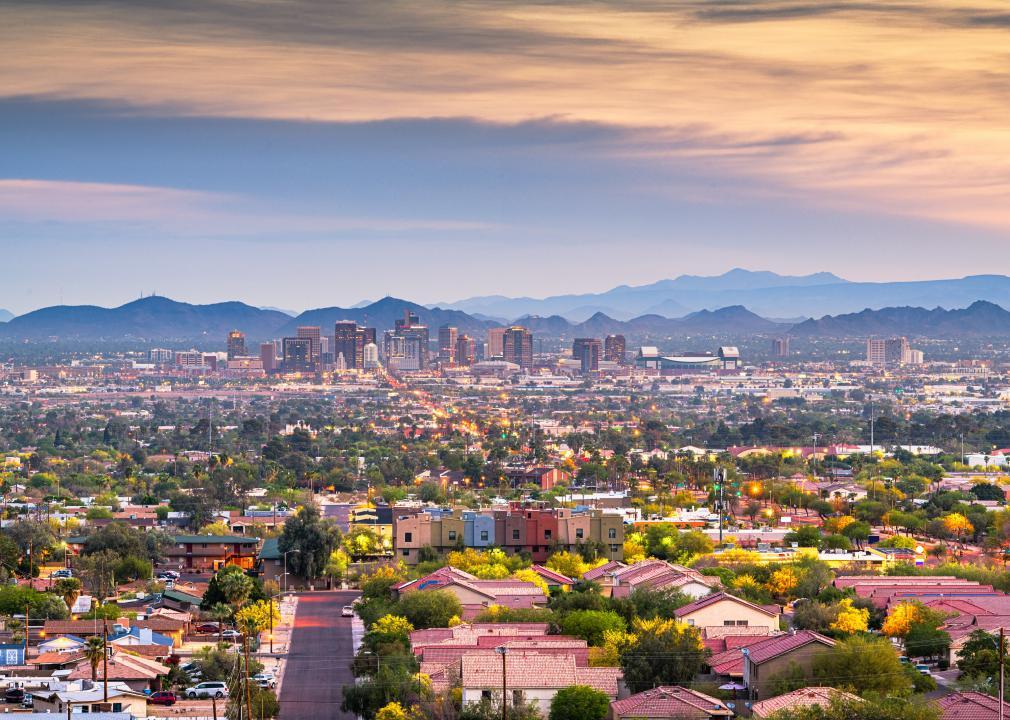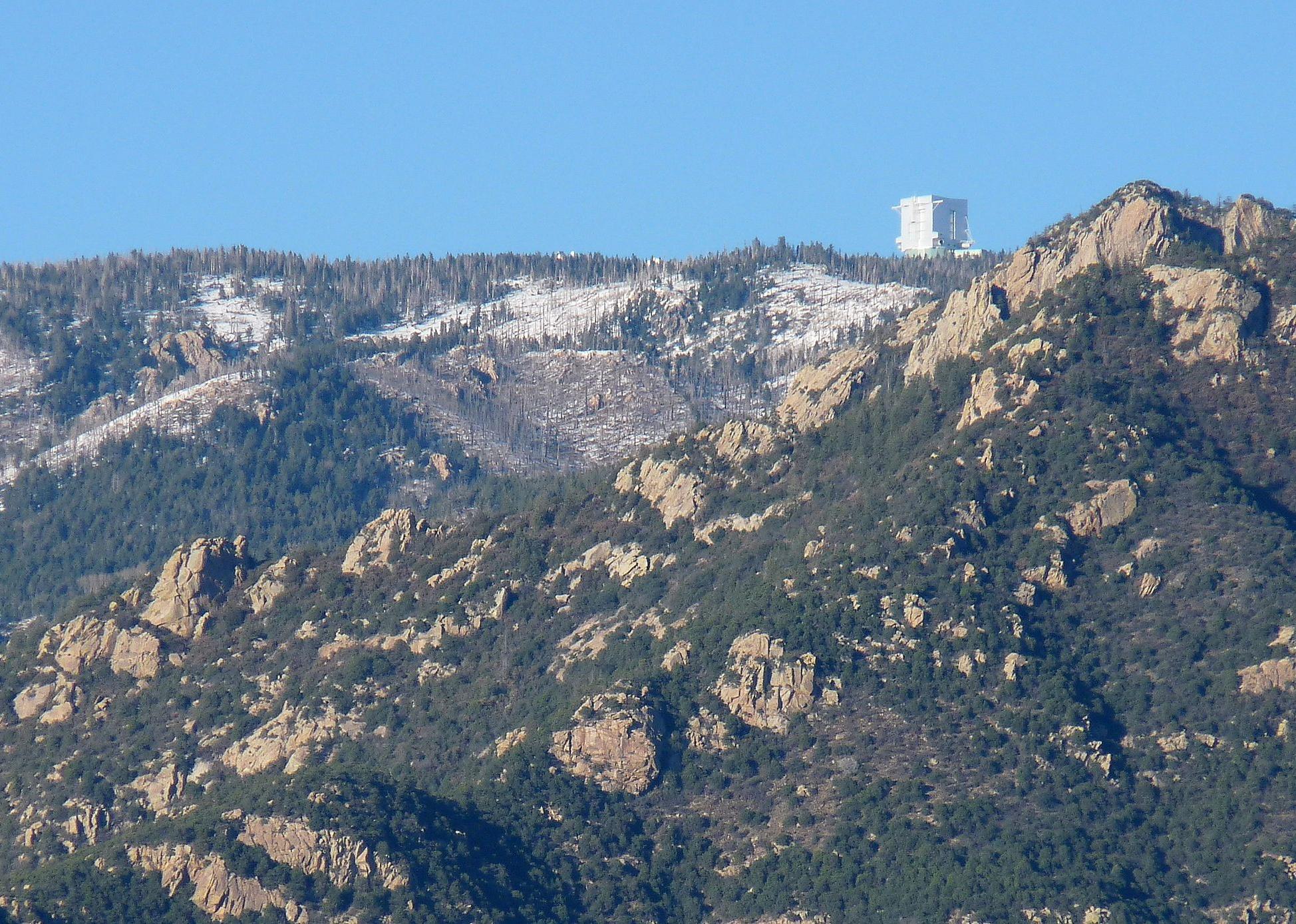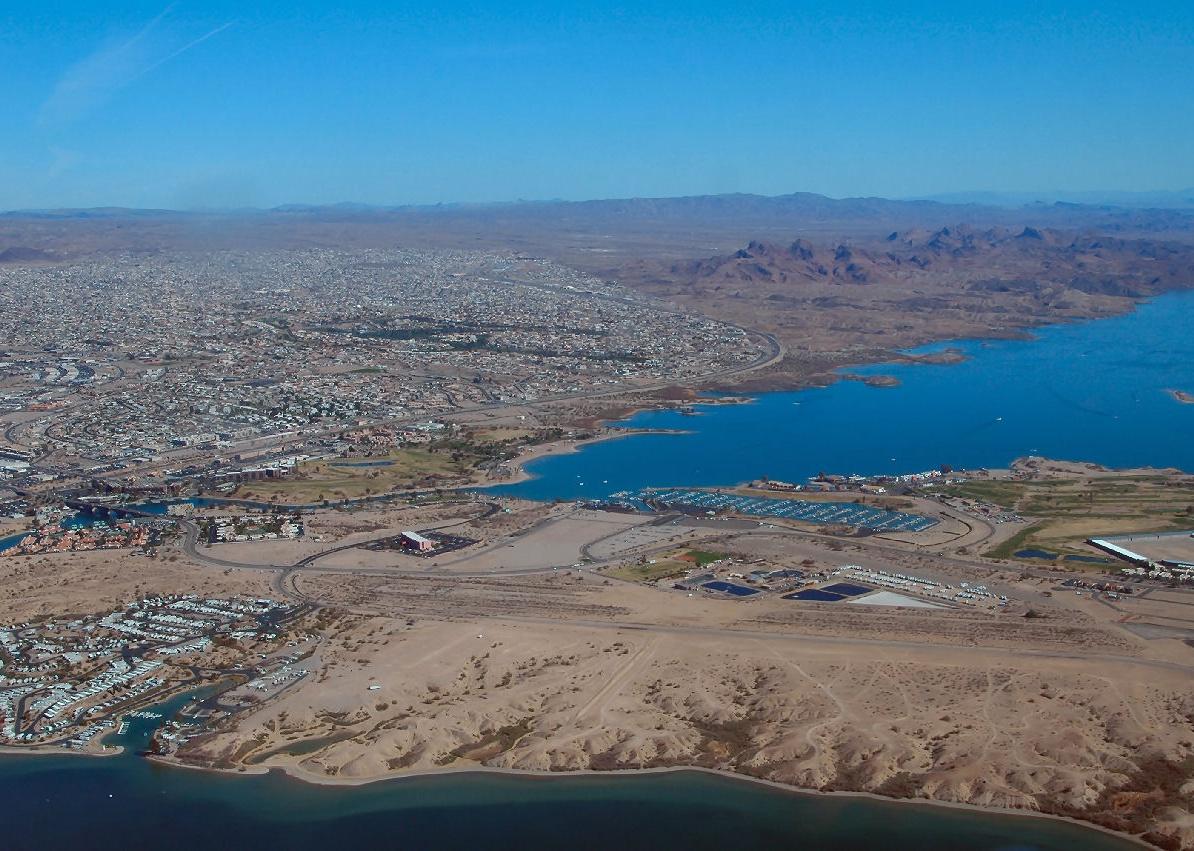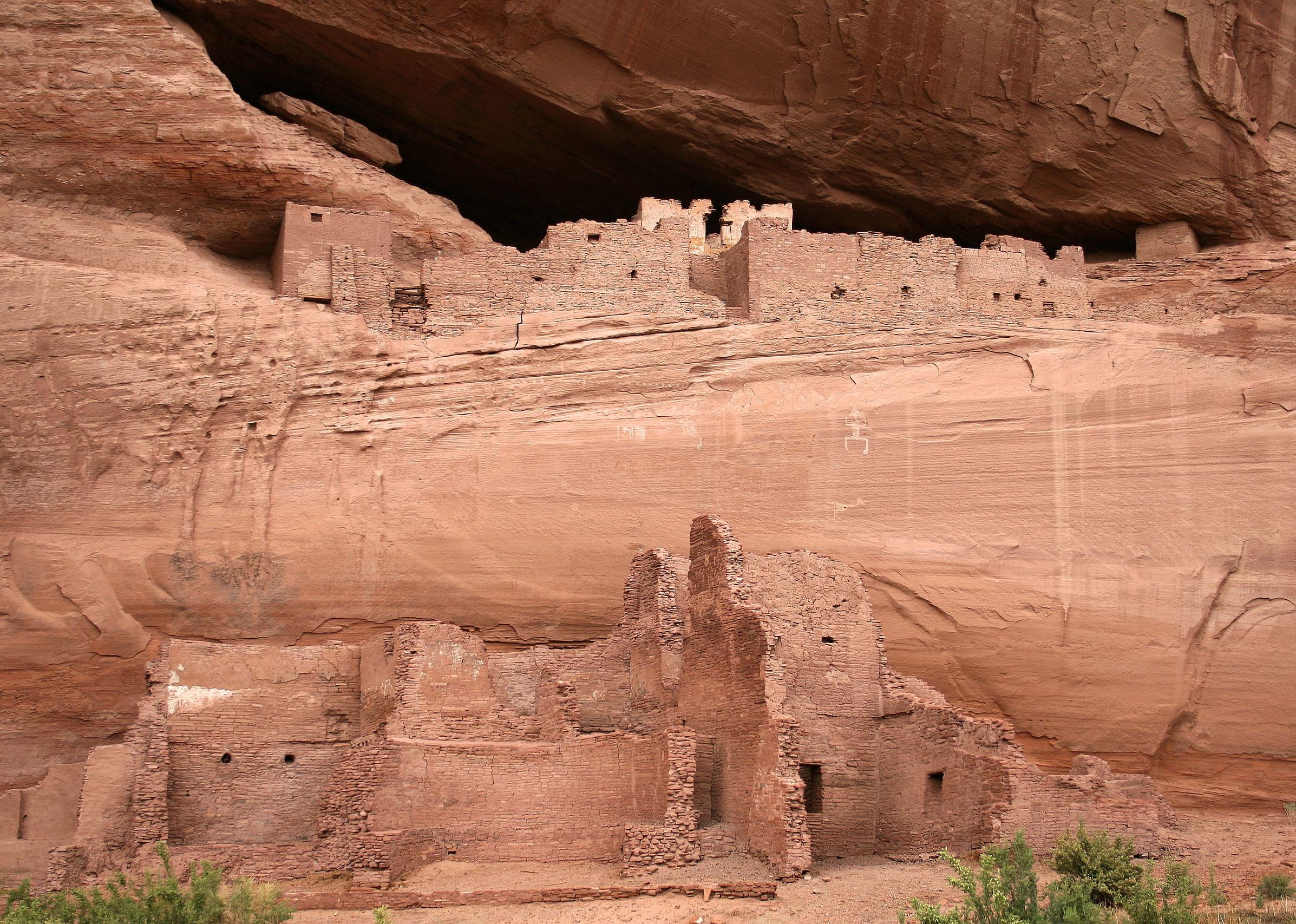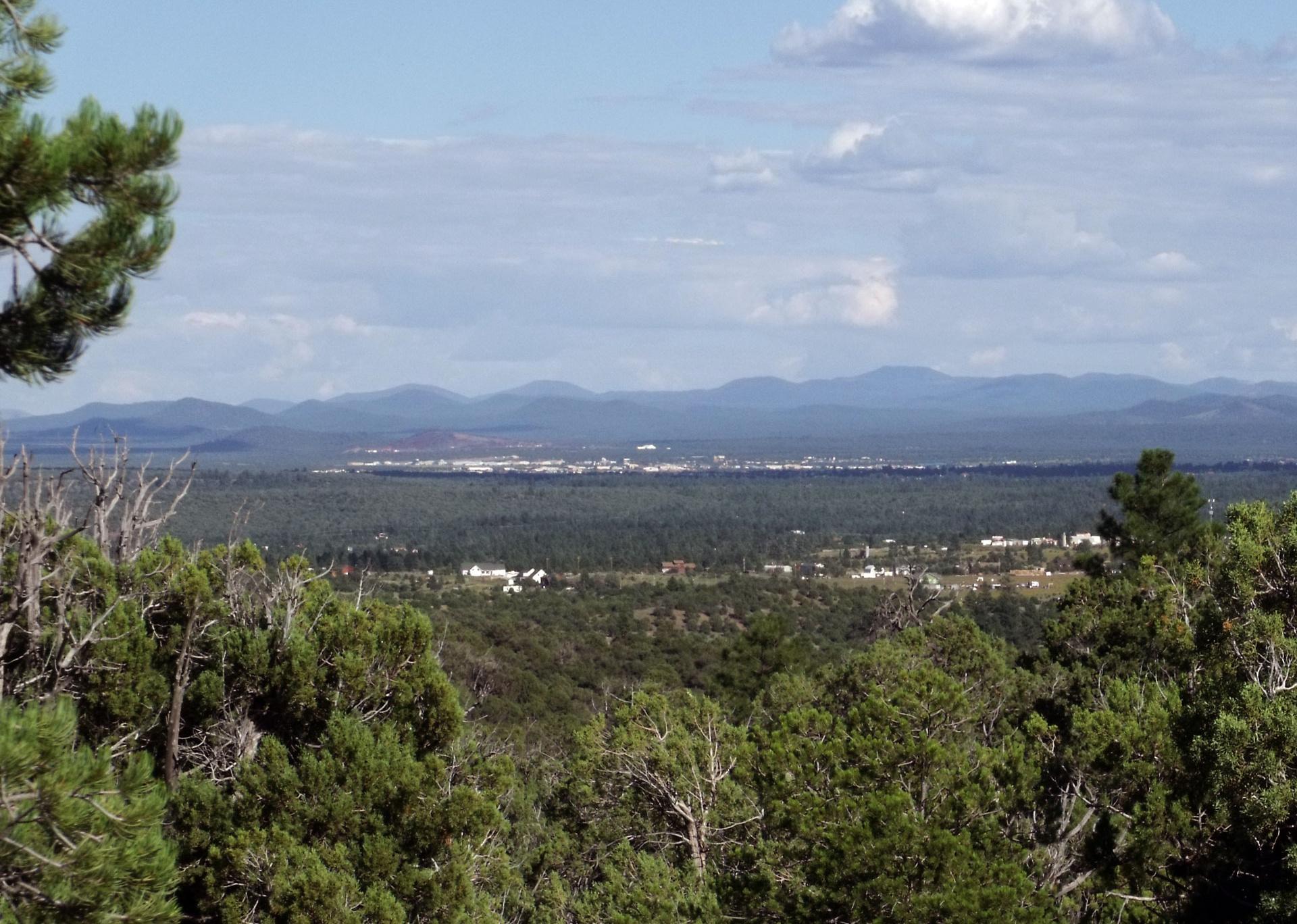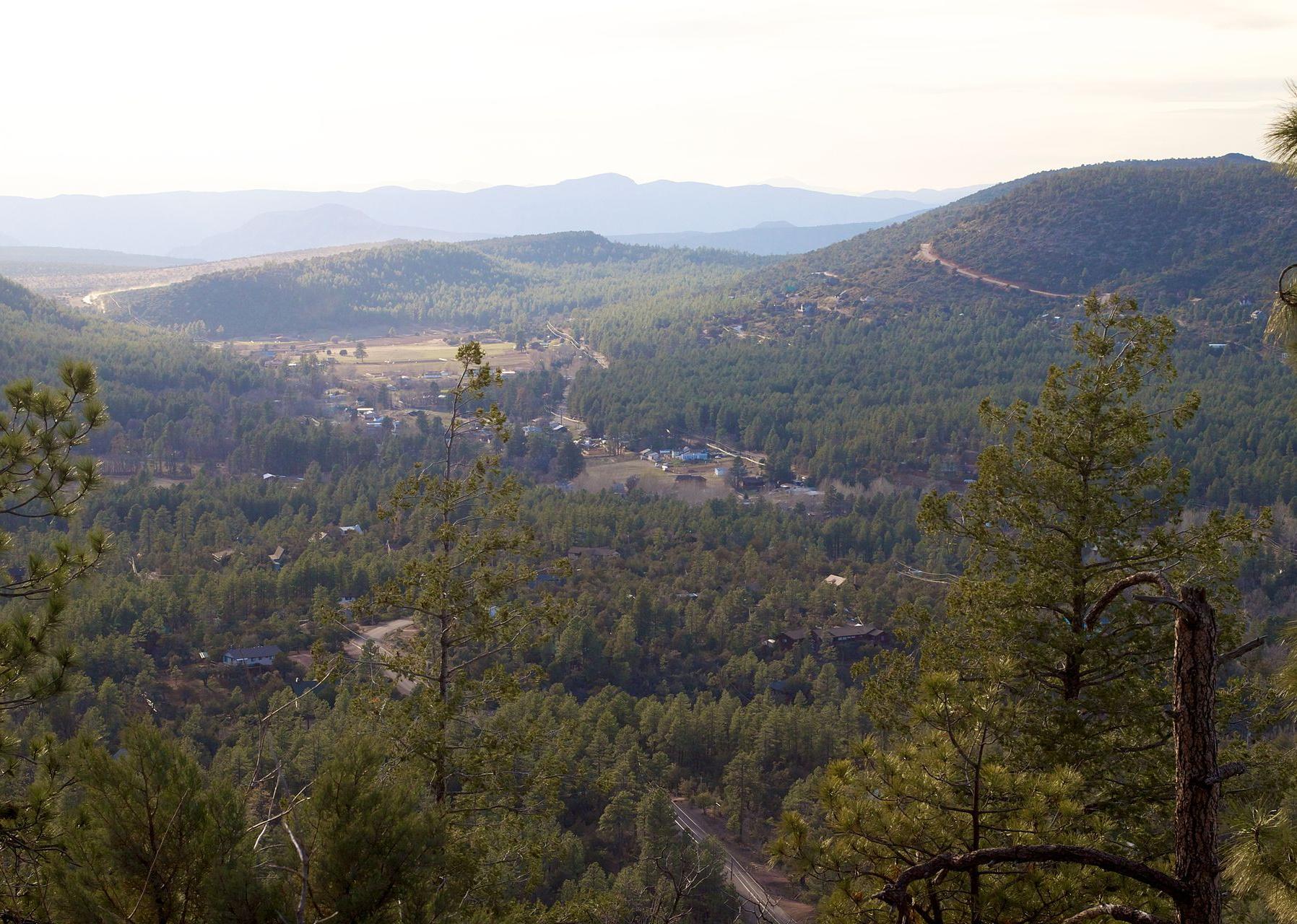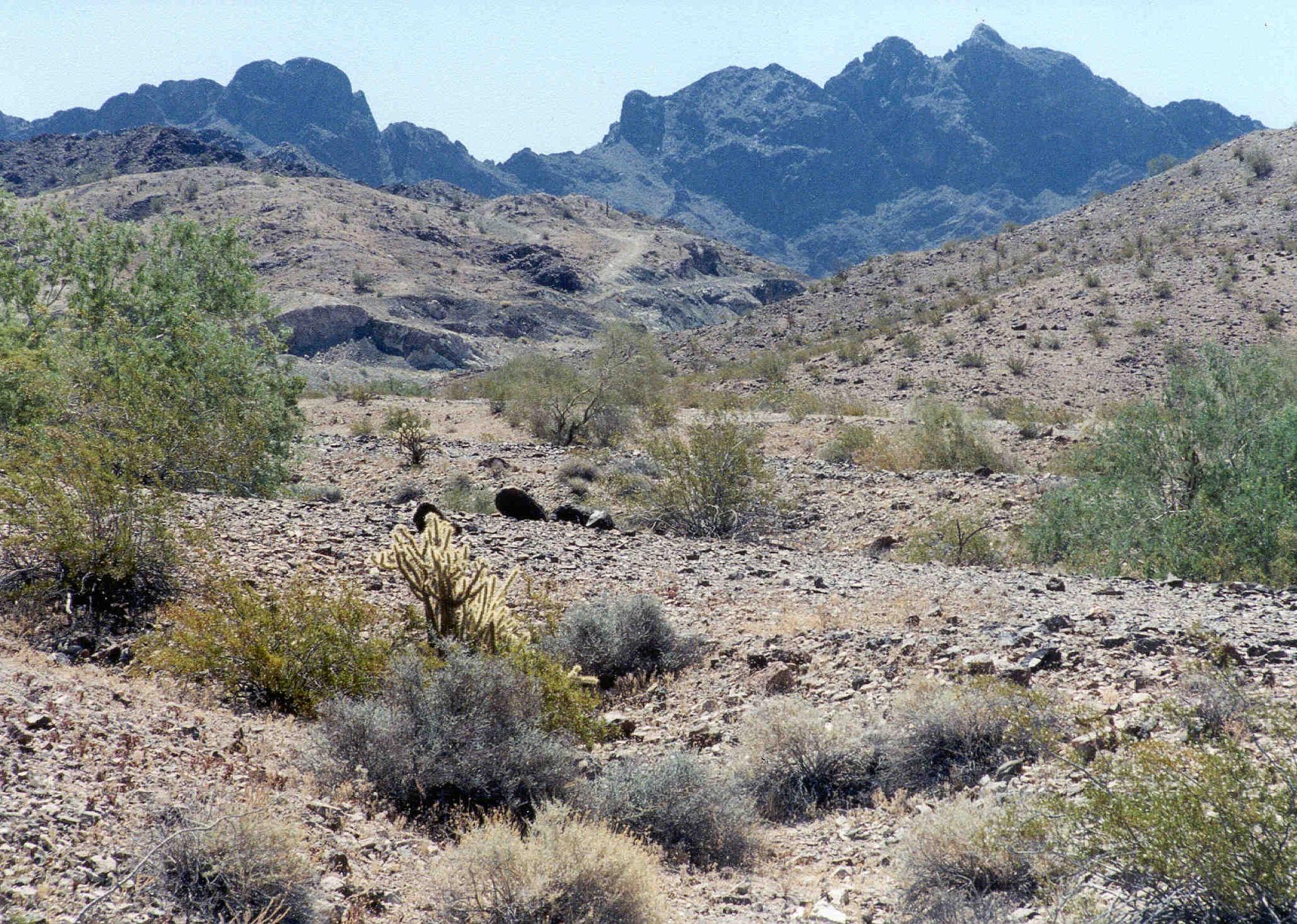Counties with the most emergency shelters in Arizona
United States Bureau of Land Management // Wikimedia Commons
Counties with the most emergency shelters in Arizona
As climate change drives weather to greater extremes, and devastating hurricanes, wildfires, droughts, and blizzards preoccupy an increasing number of Americans, it is hard to avoid comparing the reality of everyday news coverage to the computer-generated images seen in disaster movies.
Over the last 50 years, natural disasters have become five times more common due to climate change, according to the World Meteorological Organization. They’ve also become more economically debilitating—the five most expensive climate disasters in American history have all taken place over the last two decades.
The increasing frequency and severity of natural disasters means that the need for emergency evacuation and shelter plans has never been greater. According to the Federal Emergency Management Association, understanding your climate risk, or proximity to probable natural disaster, is an important first step for making a plan. Tools like the Climate Mapping for Resilience and Adaptation allow you to assess your risk by location.
Knowing where nearby emergency shelters are located is another way to prepare for the worst. In the event of flooding, hurricane-level winds, or other disasters, emergency shelters offer a place to sleep, and also often provide food, water, and first aid services. Stacker examined the Department of Homeland Security’s National Shelter System Facilities database to identify the counties with the most emergency shelters in Arizona. Counties are ranked by emergency shelters per 100K people, with total capacity per 100K people serving as a tiebreaker.
![]()
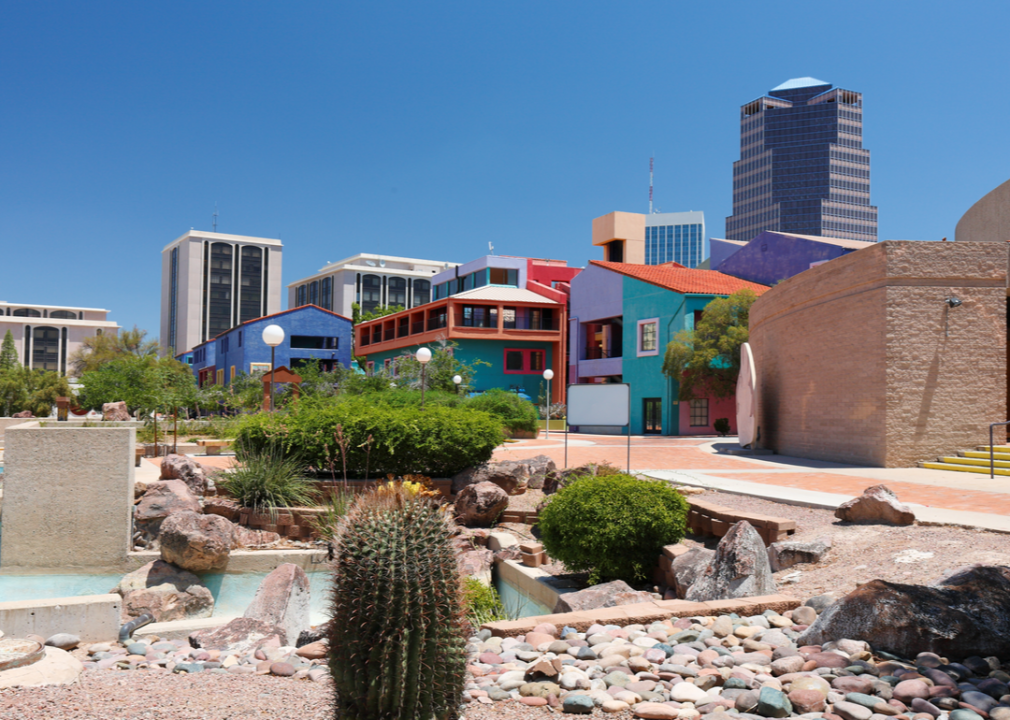
Jay Yuan // Shutterstock
#15. Pima County
– Emergency shelters per 100K people: 6.6 (68 shelters in database)
– Emergency shelter capacity per 100K: 1,382,755 people (14,312,383 total capacity)
– Shelters with generators: 6
– Shelters in 100-year floodplain: 6
zeesstof // Wikimedia Commons
#14. Pinal County
– Emergency shelters per 100K people: 13.6 (57 shelters in database)
– Emergency shelter capacity per 100K: 2,469,759 people (10,388,425 total capacity)
– Shelters with generators: 8
– Shelters in 100-year floodplain: 0
Elnogalense // Wikimedia Commons
#13. Santa Cruz County
– Emergency shelters per 100K people: 14.7 (7 shelters in database)
– Emergency shelter capacity per 100K: 4,639,186 people (2,201,897 total capacity)
– Shelters with generators: 0
– Shelters in 100-year floodplain: 1
Clay Gilliland // Flickr
#12. Cochise County
– Emergency shelters per 100K people: 16.8 (21 shelters in database)
– Emergency shelter capacity per 100K: 3,340,417 people (4,178,594 total capacity)
– Shelters with generators: 1
– Shelters in 100-year floodplain: 0
Sean Pavone // Shutterstock
#11. Maricopa County
– Emergency shelters per 100K people: 18.0 (787 shelters in database)
– Emergency shelter capacity per 100K: 2,446,377 people (106,837,830 total capacity)
– Shelters with generators: 13
– Shelters in 100-year floodplain: 4
Wars // Wikimedia Commons
#10. Graham County
– Emergency shelters per 100K people: 18.4 (7 shelters in database)
– Emergency shelter capacity per 100K: 1,442,601 people (550,280 total capacity)
– Shelters with generators: 0
– Shelters in 100-year floodplain: 0
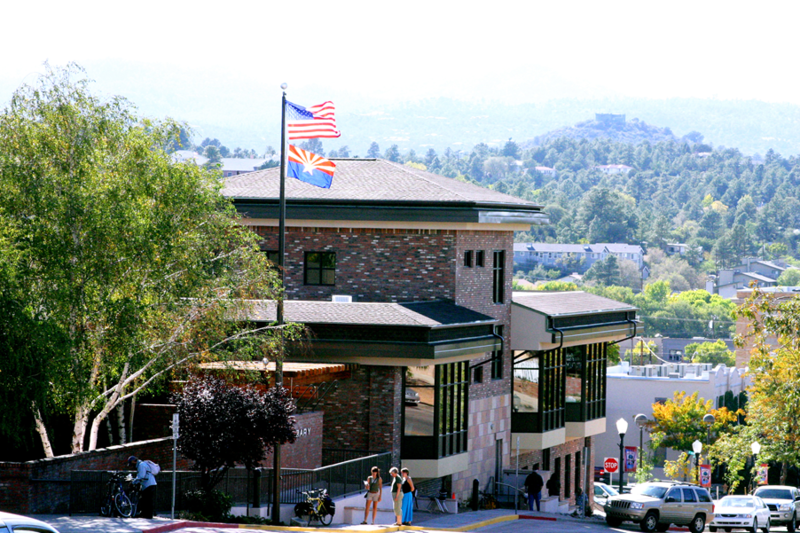
Martha.baden // Wikimedia
#9. Yavapai County
– Emergency shelters per 100K people: 18.4 (43 shelters in database)
– Emergency shelter capacity per 100K: 4,987,889 people (11,661,135 total capacity)
– Shelters with generators: 5
– Shelters in 100-year floodplain: 1
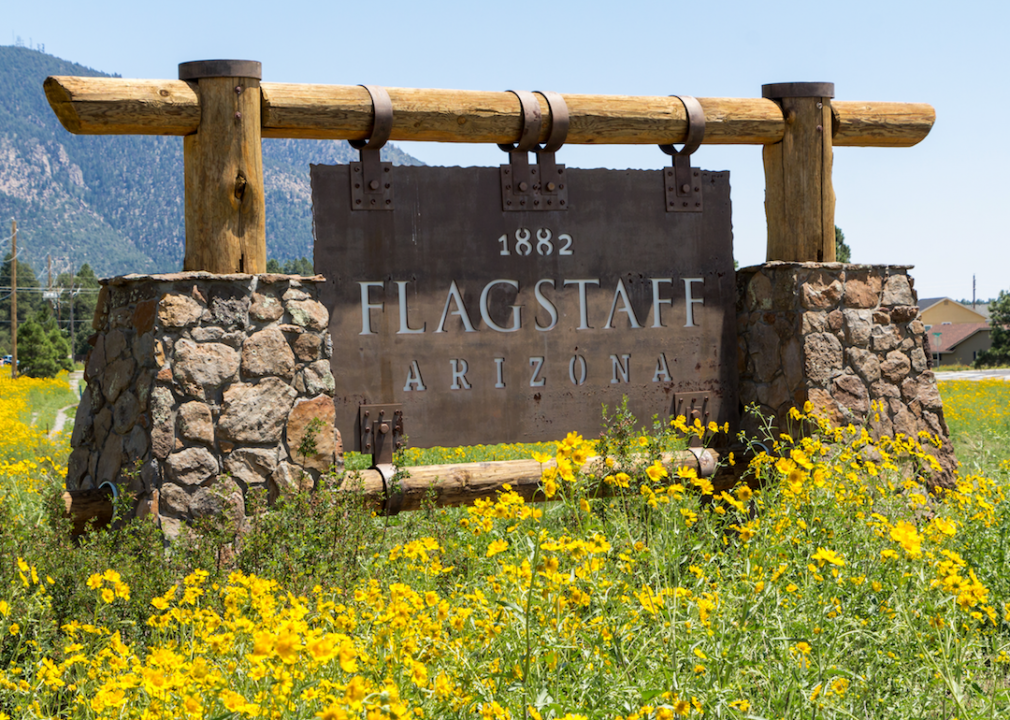
HildaWeges Photography // Shutterstock
#8. Coconino County
– Emergency shelters per 100K people: 20.0 (29 shelters in database)
– Emergency shelter capacity per 100K: 5,679,352 people (8,231,767 total capacity)
– Shelters with generators: 3
– Shelters in 100-year floodplain: 0
Africaspotter // Wikimedia Commons
#7. Mohave County
– Emergency shelters per 100K people: 25.6 (54 shelters in database)
– Emergency shelter capacity per 100K: 6,744,541 people (14,249,462 total capacity)
– Shelters with generators: 1
– Shelters in 100-year floodplain: 2
Andreas F. Borchert // Wikimedia Commons
#6. Apache County
– Emergency shelters per 100K people: 27.1 (18 shelters in database)
– Emergency shelter capacity per 100K: 7,492,305 people (4,980,360 total capacity)
– Shelters with generators: 3
– Shelters in 100-year floodplain: 0
Ixnayonthetimmay // Wikimedia Commons
#5. Navajo County
– Emergency shelters per 100K people: 40.3 (43 shelters in database)
– Emergency shelter capacity per 100K: 11,506,024 people (12,266,457 total capacity)
– Shelters with generators: 3
– Shelters in 100-year floodplain: 1
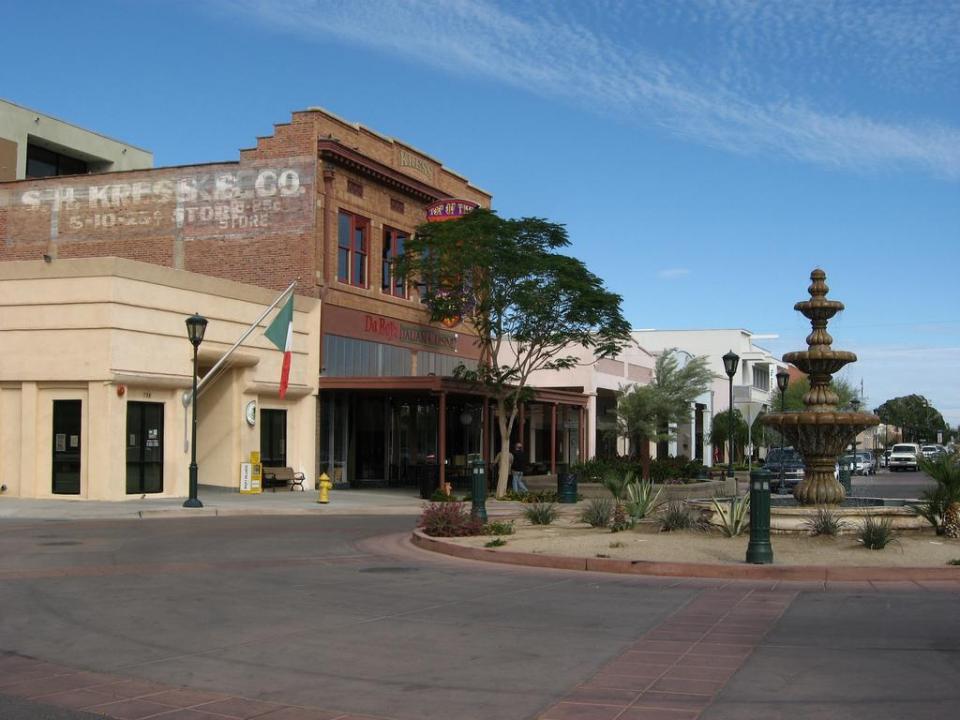
Ken Lund // Flickr
#4. Yuma County
– Emergency shelters per 100K people: 42.4 (86 shelters in database)
– Emergency shelter capacity per 100K: 10,783,466 people (21,884,397 total capacity)
– Shelters with generators: 3
– Shelters in 100-year floodplain: 1
Alan Levine // Wikimedia Commons
#3. Gila County
– Emergency shelters per 100K people: 56.4 (30 shelters in database)
– Emergency shelter capacity per 100K: 15,659,029 people (8,332,326 total capacity)
– Shelters with generators: 1
– Shelters in 100-year floodplain: 0
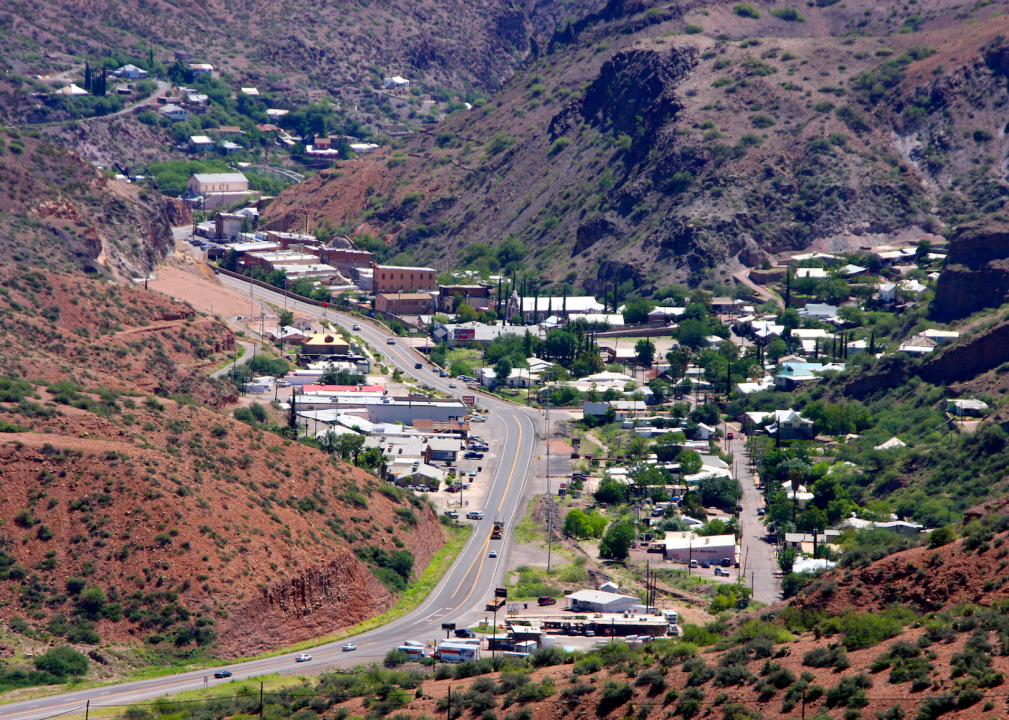
Bill Morrow // Wikimedia Commons
#2. Greenlee County
– Emergency shelters per 100K people: 83.8 (8 shelters in database)
– Emergency shelter capacity per 100K: 14,366,475 people (1,370,849 total capacity)
– Shelters with generators: 2
– Shelters in 100-year floodplain: 1
United States Bureau of Land Management // Wikimedia Commons
#1. La Paz County
– Emergency shelters per 100K people: 112.8 (19 shelters in database)
– Emergency shelter capacity per 100K: 32,090,626 people (5,405,666 total capacity)
– Shelters with generators: 0
– Shelters in 100-year floodplain: 2
